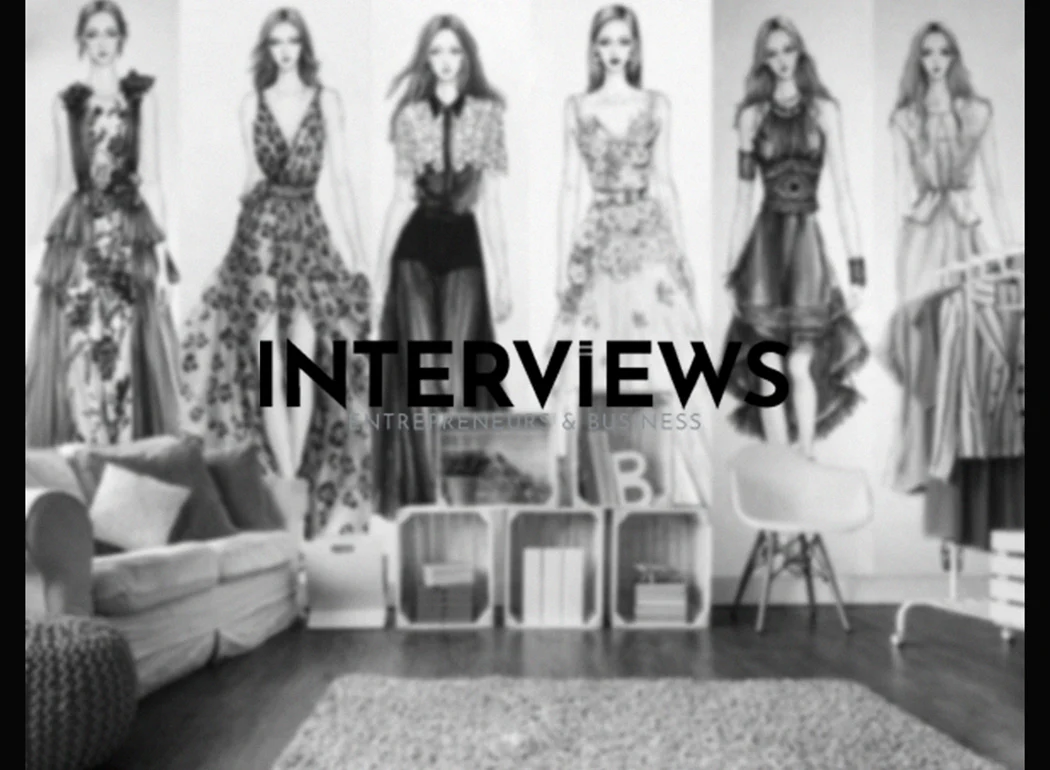Demystifying the Apparel Prototype: Your Secret Weapon in Fashion Design
You want to enter fashion? Great choice! But before you visualize racks of your designs, let’s discuss a key step: the apparel prototype. It can protect you from errors and financial losses. It’s not a pastry; it’s the hero of garment creation.
What Exactly is an Apparel Prototype? Let’s Break it Down
Forget flimsy samples. An apparel prototype is solid. It’s like a dress rehearsal for your fashion show. It’s not just any sample. It sets the standard for future garments.
This involves more than fabric. A good prototype details:
- Specific Hardware: Every button, zipper, and clasp counts.
- Fabric Finesse: Use the exact material for the final product.
- Detailed Specifications: Map every seam, every stitch.
An apparel prototype is a physical or digital model of your vision. It reflects the design, helping you visualize before mass production.
In the fashion world, prototypes are your tests. They show how a design looks, fits, and functions. This testing helps identify problems early, avoiding costly mistakes later on.
Why Bother with Prototypes? The Power of “Preemptive Problem Solving”
Why create a prototype? It predicts design failures before they occur. Prototypes are early models that imitate the real garment. They exist to:
- Test Concepts: Does your idea become a wearable garment?
- Gather Feedback: What do people think when they see your design?
- Iterate and Improve: Make adjustments based on feedback and tests.
The aim? To confirm your design, resolve issues early, and ensure the final product meets users’ needs. This is top-notch quality control.
Prototypes enhance precision. Analysts utilize them to assess designs. Prototypes evaluate concepts before full production begins. They check:
- Fit: Does it fit real bodies?
- Construction: Is it durable and practical?
- Functionality: Does it fulfill its purpose?
By using prototypes, you become a design detective. You spot problems while they are small. Early resolutions save time and resources. They prevent embarrassment later.
In invention, prototypes test feasibility before committing resources. They reveal what works and what doesn’t. Use them to catch issues before the market sees the product.
Bottom line? Prototyping is not just beneficial; it’s smart business. It saves time and money. Fixing issues during prototyping is better than during mass production.
Prototype Types: From Doodles to Digital Dreams
Prototypes are not one-size-fits-all. They come in different forms for various design stages. We group them based on fidelity:
- Low Fidelity: These are rough prototypes made from cheap materials, focusing on basic concepts.
- Medium Fidelity: These prototypes use materials closer to the final product, focusing on detailed aspects.
- High Fidelity: These mimic the final product closely in look, feel, and function, used for crucial testing.
Now, let’s explore specific types:
- Paper Prototypes: Low-fi sketches or models test user flow quickly at early stages.
- Digital Prototypes: Interactive simulations, like 3D renderings or virtual try-ons.
- Physical Prototypes: Real models from fabric you can touch and test for fit.
- Functional Prototype: Emphasizes functionality over exact final appearance.
- User Interface (UI) Prototype: Focuses on user interaction and experience.
- Proof of Concept: Shows feasibility – proves the idea can work.
We can also view prototypes in terms of:
- Looks-like Prototypes: Focus on aesthetics and visual appeal.
- Works-like Prototypes: Emphasize functionality and effectiveness.
Crafting Your Prototype: From Idea to (Almost) Reality
Ready to create a prototype? Here’s a guide:
- Define Your Goals and Requirements: What do you want to achieve? Be specific. Avoid vague goals like “looks good.” Aim for “is the pocket placement functional?”
- Research and Sketch/Model: Start creative work. Gather inspiration, sketch, or create models. Explore variations.
- Build Your Prototype: Bring designs to life. Key steps include:
- Determine Sample Size: What size(s) will your prototype be?
- Understand Body Measurements: Know your audience’s measurements for fit.
- Creating Flat Sketches: Detailed technical drawings of your garment.
- Initial Specifications: Document materials, measurements, and construction details.
- Organizing Fabrics and Trims: Gather all materials needed to create the prototype.
Putting Your Prototype to the Test: Does It Pass the Vibe Check?
A prototype needs testing. It must perform in real-world conditions. Think of it as a trial run.
- Test with Real Users: Show your prototype to actual people. Ideally, target your audience. Collect their feedback on:
- Usability: Is it easy to wear and use?
- Functionality: Does it fulfill its purpose?
- Design: Do they like how it looks and feels?
- Analyze Feedback: Pay attention to feedback. Identify patterns and areas to improve. Embrace constructive criticism.
- Iterate and Refine: Use feedback to adjust your design. This is where improvements happen.
- Post-Prototyping Testing: After revisions, test again! Ensure readiness for production.
Beyond the Prototype: What Happens Next?
You’ve created a prototype,
Tested and tweaked. What’s next in your fashion design story?
- Iteration and Refinement: This process continues. Based on tests, you will revise and improve the prototype. This helps eliminate remaining kinks.
- Functional Prototype Stage: If necessary, create a functional prototype. It must simulate real-world use for rigorous testing and adjustments.
- Transition to Production: After refining and validating your prototype, it becomes the final product’s blueprint. This leads to mass production. Manufacturers will use this model to create your designs.
- Final Product: The goal! The final product is polished and market-ready. It’s the version of your concept after testing, iterations, and feedback. It’s prepared for the fashion world.
Garment Industry Lingo: Decoding Prototype Vocabulary
The fashion world has its lingo. Here’s a quick cheat sheet to help you with prototype terms:
- Toile: Pronounced “twah-l,” this French term refers to a fitting prototype made from inexpensive fabric. It’s a muslin mock-up for testing and perfecting your design.
- Patterns: The blueprints of clothing! These templates trace pieces onto fabric before cutting and sewing. They are essential for accurate garment construction.
- TOP (Top of Production) Samples: Samples from the first production run. These show what your line looks like before reaching customers. It’s the final quality check.
- GPT (Garment Performance/Package Test) & FPT (Fabric Performance/Package Test): These assessments evaluate garment performance (GPT) and fabric quality (FPT). They ensure durability and quality.
The Cost of Creation: Prototyping Budgets
Let’s discuss finances. How much will prototyping cost? It varies widely. Costs range from a few hundred dollars for simple prototypes to tens of thousands for advanced versions. Consider a basic t-shirt versus a high-tech outerwear prototype.
What influences these costs? Various factors affect price:
- Complexity of Design: Intricate designs increase prototyping costs.
- Type of Prototype: A paper version costs less compared to a high-fidelity prototype.
- Materials Used: Expensive fabrics raise costs.
- Prototyping Method: Hand-sewn prototypes can be pricier than digitally designed ones, depending on complexity.
- Number of Iterations: More testing rounds require more prototypes, raising overall costs.
- Labor Costs: Skilled pattern makers and designers add expenses.
- Equipment Costs: Specialized machines like 3D printers influence the total cost.
What Makes a Prototype “Good”? Quality Check Time
What defines a good prototype? It’s all about representation. A quality prototype shows the final product. It should:
- Look: Visually resemble the intended final product.
- Feel: Material and build should mimic the final garment.
- Working Modalities: It should function like the final design, showing its use and features.
A solid prototype gives a realistic preview of the final product’s appearance, touch, and function. This enables effective testing.
Design Thinking & Prototyping: A Powerful Pair
Prototyping is not standalone. It’s vital in the broader design thinking process. Design thinking focuses on empathy, experimentation, and iteration. The five design thinking stages are:
- Empathize: Understand users and needs.
- Define: Clearly state the problem you want to solve.
- Ideate: Generate a variety of potential solutions.
- Prototype: Create prototypes to test ideas.
- Test: Evaluate with users and gather feedback.
Prototyping is at the heart of design thinking. It bridges abstract ideas and tangible realities. This stage tests assumptions and collects feedback, leading to better designs.
Your understanding of apparel prototyping should now be clearer. It’s not a mere buzzword. Prototyping is crucial for designers and brands creating successful garments. Embrace prototyping, test persistently, and let your designs thrive!





